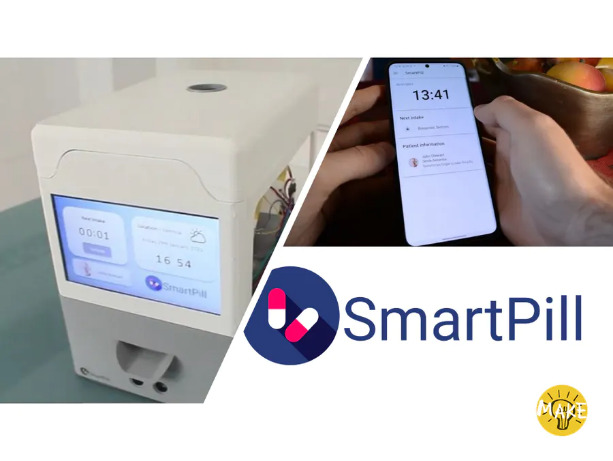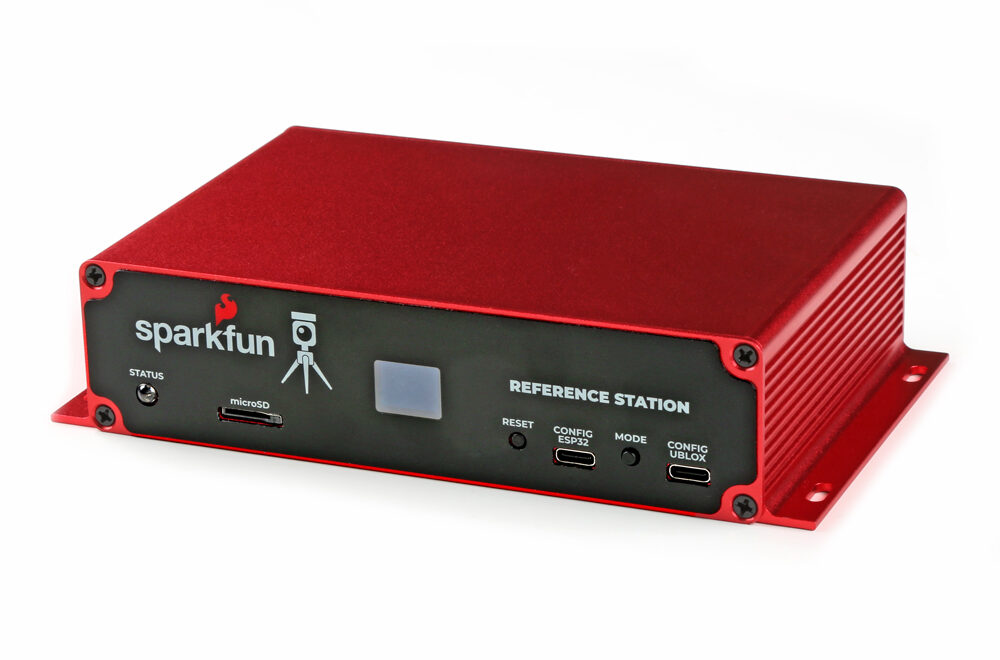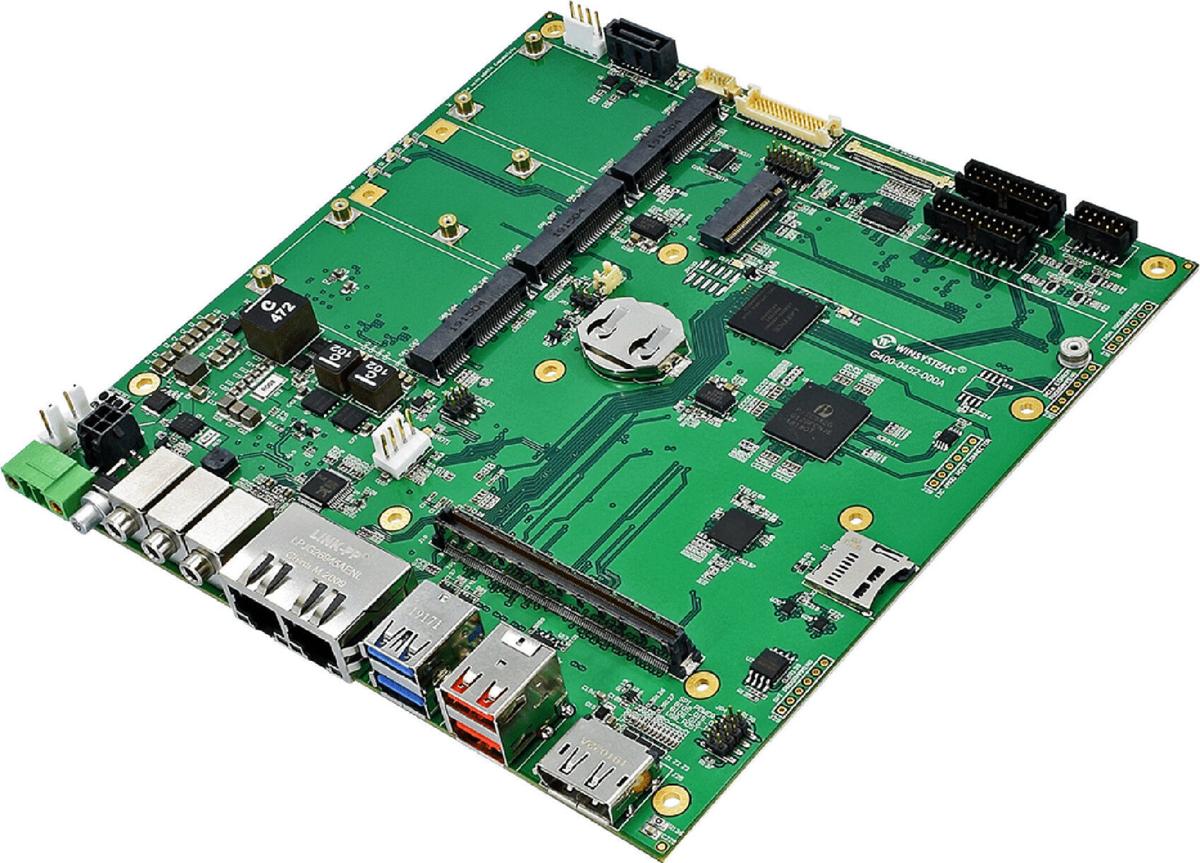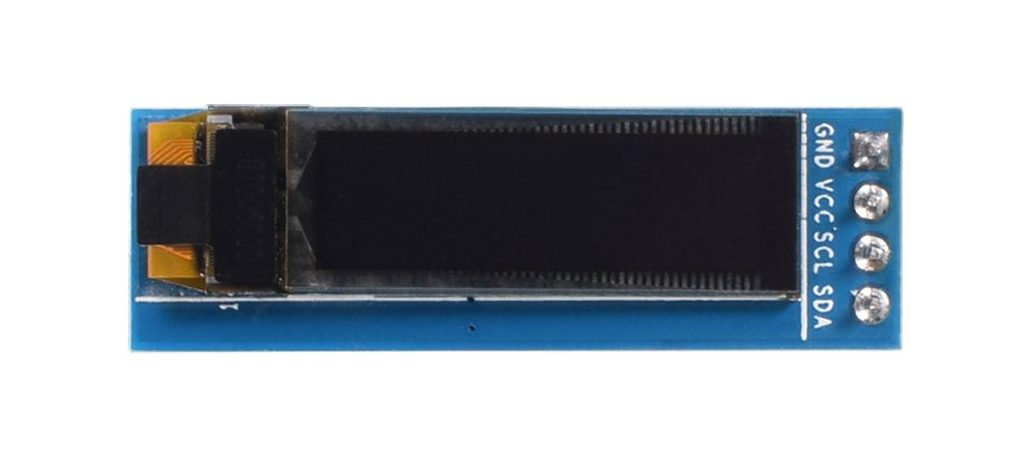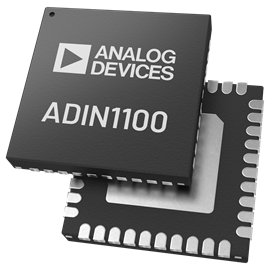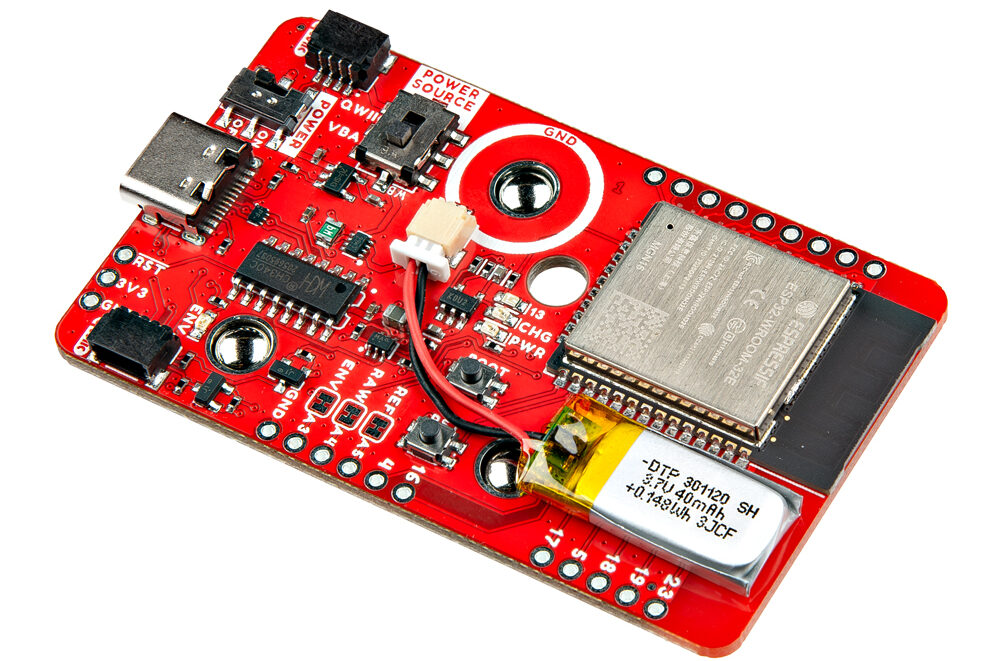
Advanced Muscle Sensing with SparkFun MyoWare 2.0 Wireless Shield Featuring an ESP32-WROOM Modul
The SparkFun MyoWare 2.0 Wireless Shield can be called an accessory designed to work seamlessly with the MyoWare 2.0 Muscle Sensor. The module is built around an ESP32-WROOM module and houses a built-in 40mAh LiPo battery for wearable applications. Application includes Prosthetics and Assistive Devices, Educational Projects, Wearable, and Robotics.
The MyoWare sensor measures muscle activity using surface electromyography (sEMG) by detecting the electrical potential of muscle fibers. When muscles flex, they activate more fibers, increasing electrical activity. The MyoWare converts this into an analog signal, where stronger contractions produce higher voltages.

The MyoWare sensor measures muscle activity using surface electromyography (sEMG), detecting the electrical potential when muscles flex and activate more fibers, thus increasing their electrical activity. It then translates this into an analog signal that directly corresponds to the muscle contraction’s intensity: stronger contractions yield higher output voltages.
As an interface, the board has a USB Type-C port, and on the PCB, there is a CH340 USB to UART converter for programming. Additionally, it features snap connectors for easy integration with the MyoWare 2.0 Muscle Sensor and offers Qwiic connectivity, status LEDs, protection circuits, a bootloader, and general-purpose buttons, making it suitable for educational and wearable tech projects.
SparkFun MyoWare Wireless Shield Specifications:
- Processor & Core Features:
- Espressif ESP32-WROOM Module: Central processing unit with robust performance for Wi-Fi and Bluetooth functionalities.
- MCP73831 Single Cell LiPo Charge IC: Manages charging of the built-in LiPo battery with a charge rate set to ~40mA.
- RT9080 Voltage Regulator: Provides stable 3.3V output from input voltages, ensuring reliable operation of the device and its components.
- CH340 USB-to-Serial Converter: Facilitates communication between the microcontroller and a computer for programming and data transfer.
- Power Management:
- Input Voltage: 5V via USB Type-C Connector.
- Output Voltage: 3.3V via voltage regulator and Qwiic Connector.
- Built-in LiPo Battery: 40mAh capacity, 3.7V nominal voltage, with a max charge current of 1C (40mA).
- Power Source Switches: For Power ON/OFF and selection between power sources.
- Protection Components:
- ESD Protection Diodes for USB Data Lines.
- Ideal Diodes for protection on the VBATT and VUSB nets.
- Resettable PTC Fuse rated at 6V/500mA.
- Connectivity & Expansion:
- 2x Qwiic Connectors: For easy daisy-chaining of I2C devices without soldering.
- General Purpose I/O: Including 3x female snap pins for power and EMG envelope output.
- I2C Pull-Up Resistors: 2.2kΩ pull-up resistors for I2C communication.
- Sensors & Indicators:
- MyoWare® 2.0 Muscle Sensor Form Factor: For capturing muscle activity signals.
- LEDs: PWR (Power), CHG (Charge Status), 13 (User), ENV (Envelope) for easy status indication.
- Additional Features:
- Jumpers: For custom configuration (PWR, SHLD, REF, RAW, ENV, I2C).
- Buttons: For reset and general-purpose/bootloader actions.
- Board Dimensions: 63.5mm x 38.0mm (2.50in. x 1.50in.), ensuring a compact form factor.
The MyoWare 2.0 Wireless Shield features a 40mAh LiPo battery, with a 40mA charge circuit powered by the onboard USB Type-C connector. Additionally, it offers Qwiic connectors and 2.2kΩ pull-up resistors for easy expansion, plus breakout pins for the ESP32 module. On top of that it has status LEDs and jumpers for enhanced user control and customization.
SparkFun provides comprehensive documentation for the MyoWare 2.0, including board dimensions, hookup guides, quickstart and advanced guides, patents, datasheets for the MCP73831 and the 40mAh LiPo battery, MSDS, the MyoWare Arduino library, and an ecosystem page for extended information and support.
The SparkFun MyoWare 2.0 Wireless Shield is available for $26.95 on SparkFun’s website, the Shield is not designed for medical diagnostics or treating diseases in humans or animals, as specified by the company.








